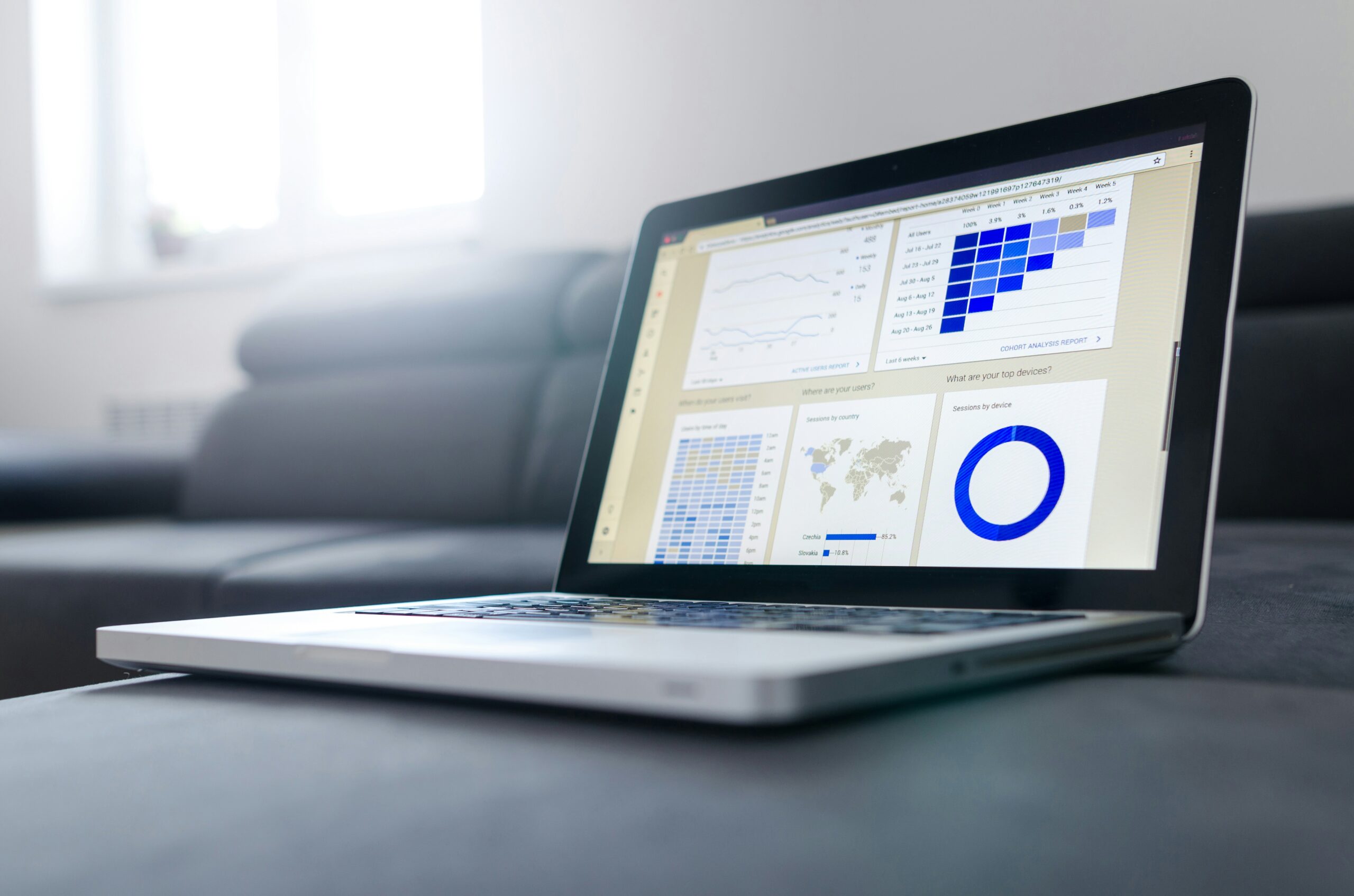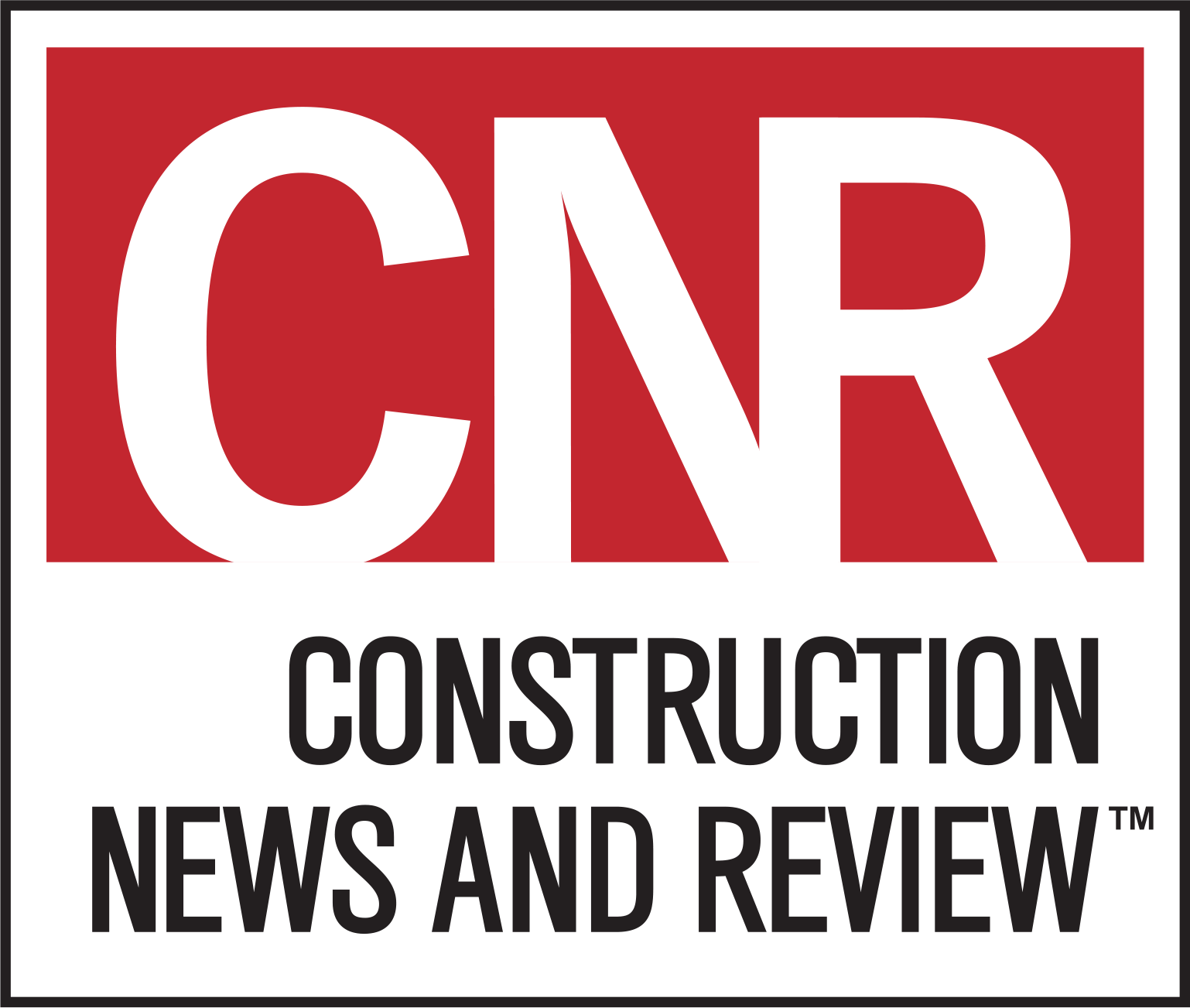
Construction Field Report Software: From Paper Trails to Digital Breakthroughs
By SAM M
In the construction industry, field reports are more than just paperwork. They’re vital tools for tracking progress, identifying issues and ensuring crystal-clear communication among teams and stakeholders.
Not too long ago, these reports were handwritten or typed into paper-based forms. This approach often led to incomplete information, delays in communication and inefficiencies in organizing and retrieving reports.
Today, the shift to construction field report software has transformed. Today, the shift to construction field report software has transformed these pain points into opportunities, enabling real-time, data-driven and highly accurate reporting workflows.
Challenges of Traditional Field Reporting
Field inspection teams have long struggled with outdated, manual documentation methods. Common challenges included:
- Delays in Communication – Critical site updates often took too long to reach the right people, slowing down decision-making.
- Human Error – Handwritten notes risked being unclear, damaged or lost entirely.
- Inefficiency – Manually compiling forms, photos and notes consumed hours that could have been spent on-site.
- Lack of Standardization – Different teams and sites used varying reporting formats, making data comparison difficult.
How Digital Field Reporting Changed the Game
Modern field reporting software eliminates these challenges by digitizing the entire process.
With cloud-based access, GPS tagging, standardized templates and integrated media capture, field personnel can now create and share complete reports directly from smartphones or tablets. These pain points into opportunities, enabling real-time, data-driven and highly accurate reporting workflows.
Challenges of Traditional Field Reporting
Field inspection teams have long struggled with outdated, manual documentation methods. Common challenges included:
- Delays in Communication – Critical site updates often took too long to reach the right people, slowing down decision-making.
- Human Error – Handwritten notes risked being unclear, damaged or lost entirely.
- Inefficiency – Manually compiling forms, photos and notes consumed hours that could have been spent on-site.
- Lack of Standardization – Different teams and sites used varying reporting formats, making data comparison difficult.
How Digital Field Reporting Changed the Game
Modern field reporting software eliminates these challenges by digitizing the entire process.
With cloud-based access, GPS tagging, standardized templates, and integrated media capture, field personnel can now create and share complete reports directly from smartphones or tablets.
Reports can include:
- Daily progress updates
- Safety inspections
- Quality control checklists
- Punch lists and snag reports
- Equipment and labor logs
This centralization ensures accuracy, speed and consistency – a massive leap forward for project efficiency.
Key Advantages of Digital Field Report Software
- Real-Time Communication Reports reach architects, project managers and clients instantly, enabling rapid problem-solving and reducing costly rework.
- Improved Accuracy & Accountability Features like pre-built templates, time stamps and required fields ensure complete, accurate data. Audit trails keep teams accountable.
- Centralized Data Storage Cloud-based repositories make it easy to search, retrieve and analyze reports for trends and insights.
- Higher Field Productivity Reports can be completed in minutes instead of hours, freeing up time for actual project work.
- Proactive Decision-Making Standardized, real-time data allows managers to spot trends and make faster, more informed decisions.
Essential Features to Look For
When selecting a construction field reporting solution, prioritize tools that offer:
- Mobile app access (iOS & Android)
- Customizable templates and checklists
- Photo and video attachments
- Voice-to-text capabilities
- Digital signatures
- Offline mode
- Third-party integrations
- Analytics and reporting dashboards
Real-World ROI Examples
The benefits aren’t just theoretical. Construction firms are already seeing measurable results:
- A mid-sized general contractor reduced daily reporting time by 60 percent with mobile field reporting tools.
- A multinational firm improved safety compliance by 35 percent through real-time inspection checklists.
- Companies report thousands in savings from faster issue resolution and reduced rework.
The Future of Field Reporting
With the construction sector embracing full digitization, field report software is evolving fast. Expect integration with AI, predictive analytics, BIM tools, drones, IoT sensors and wearable devices, leading to fully automated, intelligent reporting workflows.
Conclusion
Switching from paper-based field reports to digital reporting software is no longer optional. It’s a must-have for any construction firm aiming to stay competitive.
These tools streamline daily operations, empower teams with actionable data and dramatically improve site performance. For companies that want to reduce inefficiencies, improve collaboration and boost productivity, construction field report software is a game-changing investment.
Sam M is a vice president at iFieldSmart Technologies.
Fresh Content
Direct to Your Inbox




